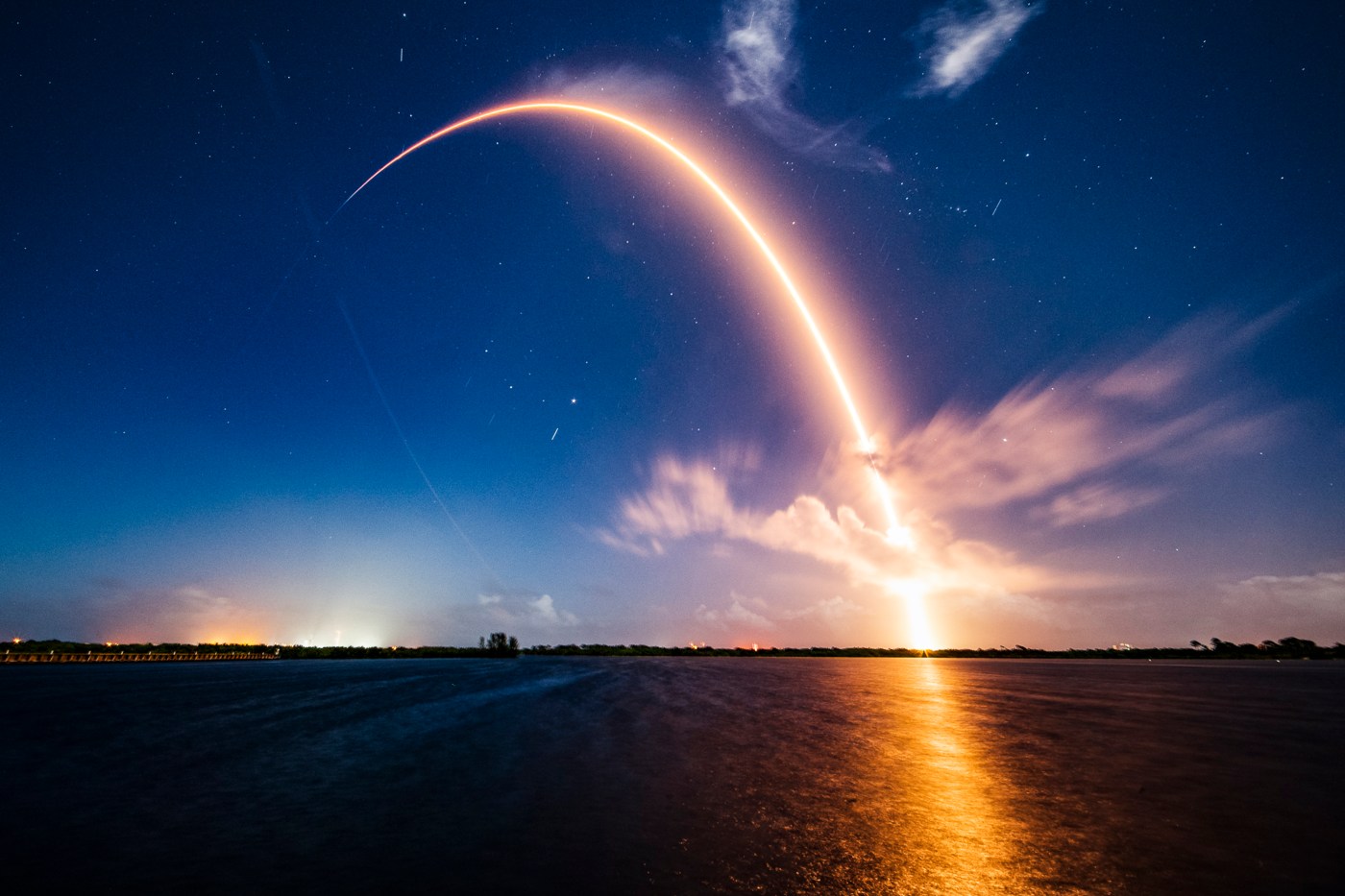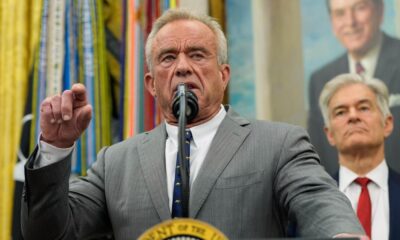Top Stories
U.S. Space Strategy in Crisis as China Races Ahead

UPDATE: The United States faces an urgent crisis in its space strategy as China accelerates its ambitions, leaving American leadership hanging by a thread. With the recent shutdown of the federal government during Space Week (October 4-10, 2023), experts warn that the U.S. risks being eclipsed by China’s robust space initiatives.
The stakes have never been higher. The nation that secures dominance in space will shape global economic and national security, setting the rules for decades to come. Currently, China has launched an ambitious plan to deploy an AI “supercomputing” satellite constellation and is collaborating with Russia on a Lunar nuclear power plant to support their planned International Lunar Research Station (ILRS).
Dr. Namrata Goswami, a leading analyst on China’s space strategy, emphasizes that the Chinese Communist Party’s focus on reusable rockets and lunar industrialization could allow them to outpace the United States in just a few years. With the prowess of SpaceX leading the way in U.S. launch capabilities, the competition is heating up. But experts caution that this advantage may be fleeting; analysts predict that China could soon match or exceed U.S. launch volumes.
In the last five years, China has achieved significant milestones, including demonstrating in-space refueling and launching its own crewed space station. In a remarkable feat, China has even successfully landed and returned samples from the far side of the moon—an achievement the U.S. has yet to replicate.
What happens next? The implications of unchecked Chinese progress in space could be dire. Experts warn of potential crisis scenarios, such as how the U.S. would respond if an adversary disabled its satellites or deployed anti-satellite weapons. The absence of a crisis playbook raises alarms about America’s readiness.
The competition extends into the realm of energy, where China is investing heavily in space-based solar power systems, projecting a potential economic zone worth $10 trillion per year between Earth and the moon. The moon itself is becoming a hotbed of strategic interest due to its resources, including Helium-3 for advanced energy solutions and ice for water and rocket fuel.
With the commercial space industry expanding rapidly, experts predict that accidents will occur, requiring federal agencies like NASA or the Space Force to have clear authority to conduct rescue missions—a capability currently lacking. The private sector remains America’s strongest asset, but this advantage could erode without a cohesive national vision and investment strategy.
President Donald Trump’s recent executive order to streamline launch licensing is a step in the right direction, but it is insufficient as a standalone approach. The U.S. must forge a comprehensive strategy to reclaim its leadership position in space.
As the next Sputnik moment looms, the question remains: will America be caught off guard, or can it galvanize innovation to maintain its status as a leading space power? The urgency for a united, strategic response has never been clearer.
-

 Science2 months ago
Science2 months agoOhio State Study Uncovers Brain Connectivity and Function Links
-

 Politics2 months ago
Politics2 months agoHamas Chief Stresses Disarmament Tied to Occupation’s End
-

 Science1 month ago
Science1 month agoUniversity of Hawaiʻi Joins $25.6M AI Project for Disaster Monitoring
-

 Science1 month ago
Science1 month agoALMA Discovers Companion Orbiting Giant Star π 1 Gruis
-

 Entertainment2 months ago
Entertainment2 months agoMegan Thee Stallion Exposes Alleged Online Attack by Bots
-

 Science2 months ago
Science2 months agoResearchers Challenge 200-Year-Old Physics Principle with Atomic Engines
-

 Entertainment2 months ago
Entertainment2 months agoPaloma Elsesser Shines at LA Event with Iconic Slicked-Back Bun
-

 World2 months ago
World2 months agoFDA Unveils Plan to Cut Drug Prices and Boost Biosimilars
-

 Science2 months ago
Science2 months agoInnovator Captures Light at 2 Billion Frames Per Second
-

 Business2 months ago
Business2 months agoMotley Fool Wealth Management Reduces Medtronic Holdings by 14.7%
-

 Top Stories2 months ago
Top Stories2 months agoFederal Agents Detain Driver in Addison; Protests Erupt Immediately
-

 Entertainment2 months ago
Entertainment2 months agoBeloved Artist and Community Leader Gloria Rosencrants Passes Away









